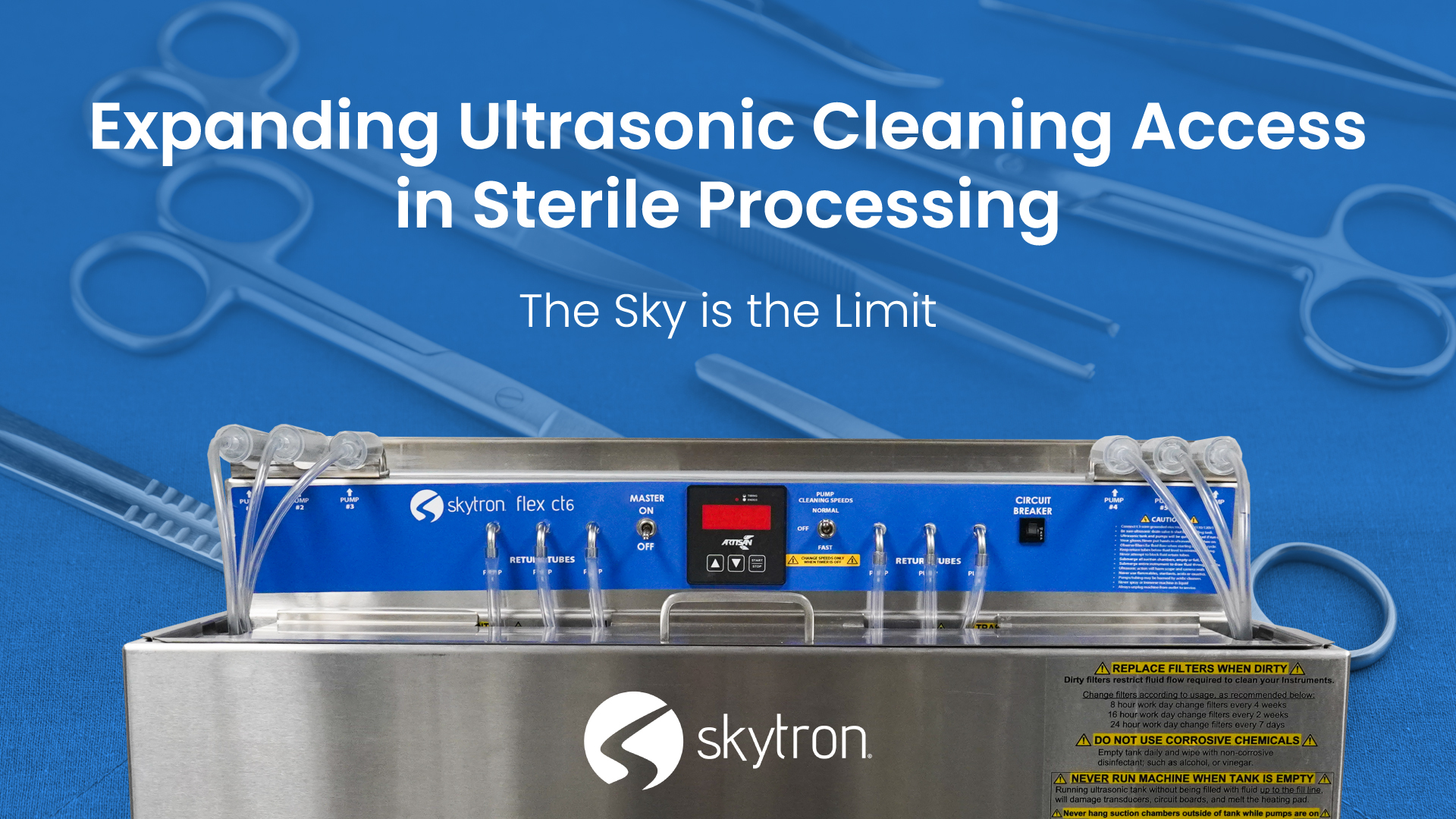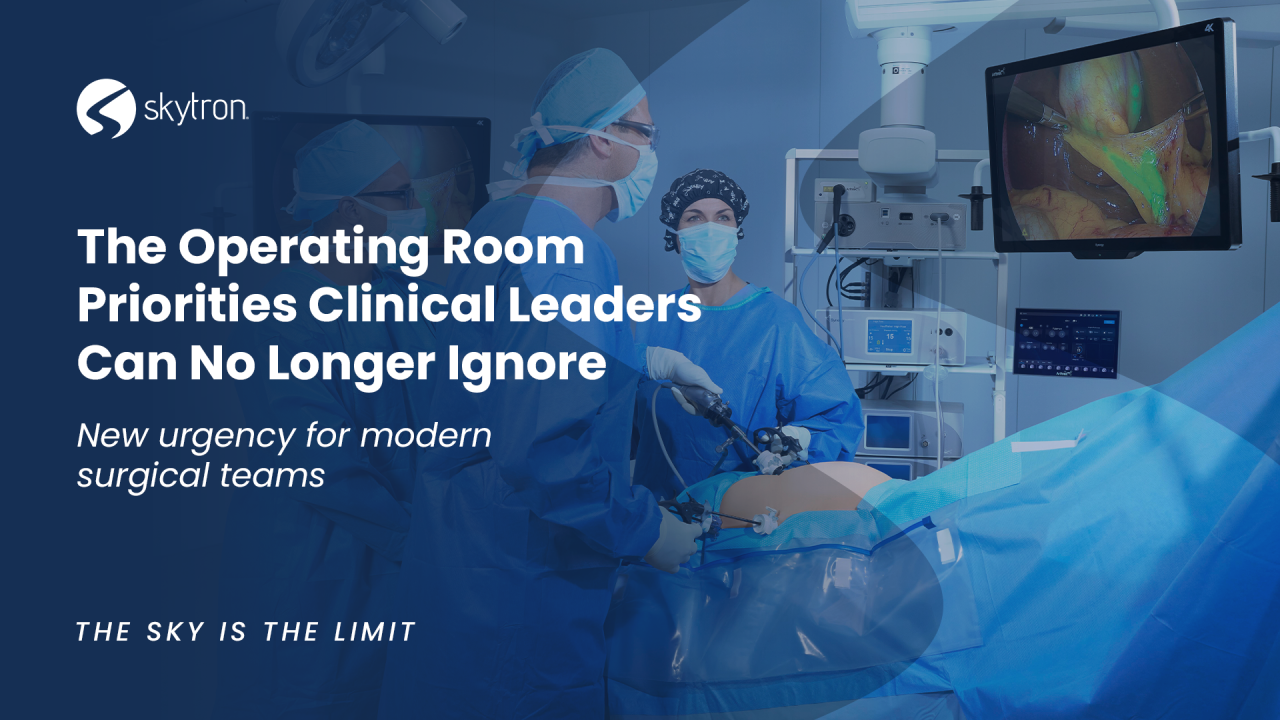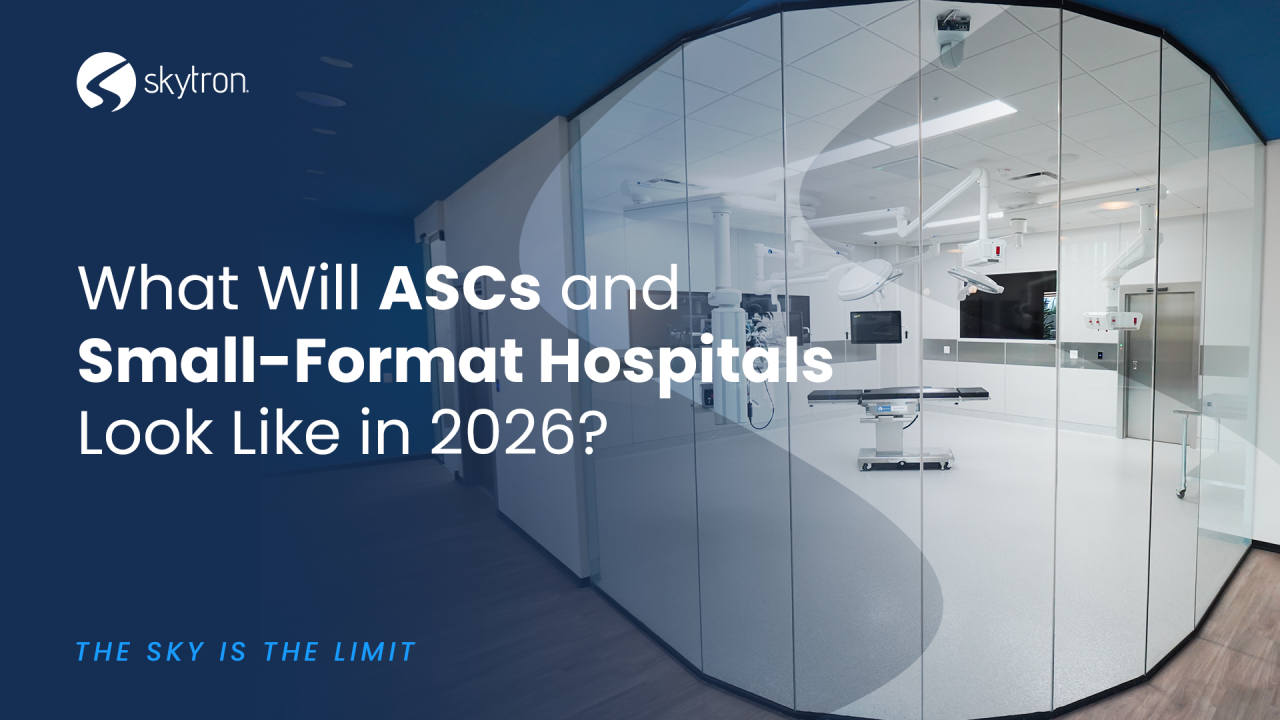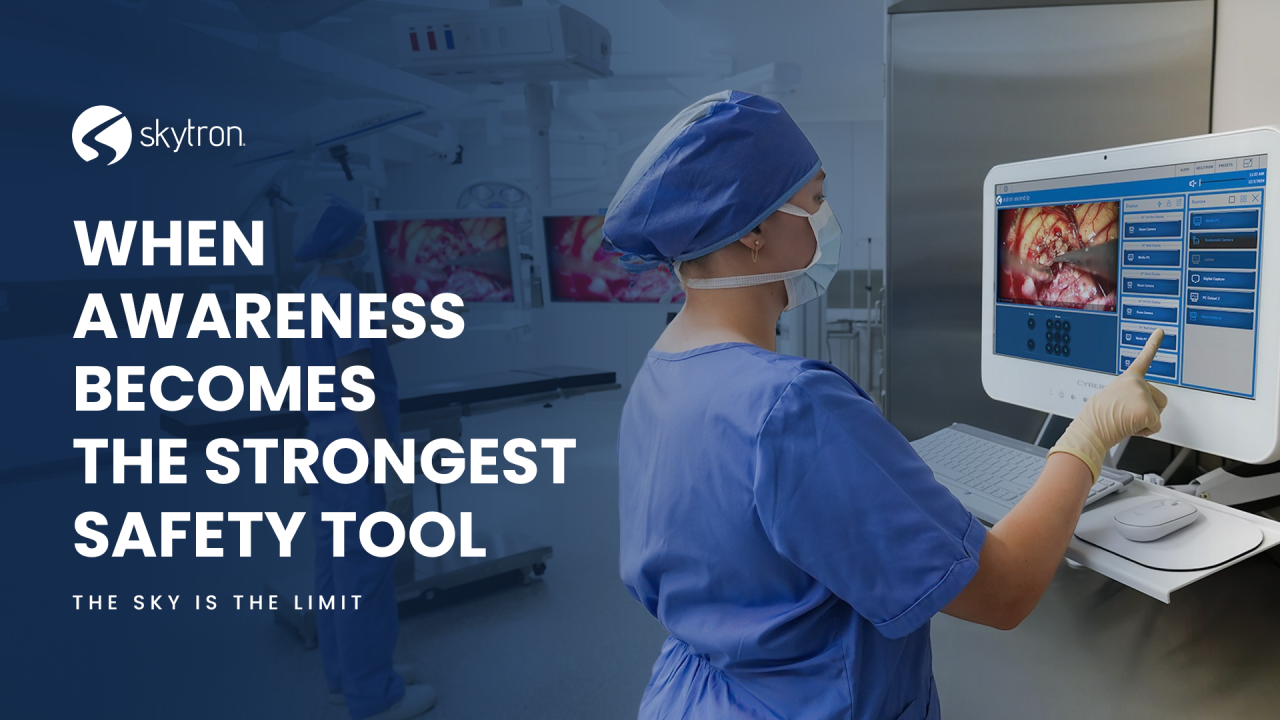
-
Written ByRebecca Kinney
-
PublishedJuly 15, 2025
For Sterile Processing professionals committed to quality, safety, and smart investments, regardless of the size of their facility, countertop ultrasonic cleaning is a small change that can make a significant difference.
Many of us have worked in large hospitals with streamlined Sterile Processing Departments and access to full-scale reprocessing equipment. But those who have worked in smaller hospitals, rural facilities, or Ambulatory Surgery Centers (ASCs) know that space isn’t always on your side. In these environments, tight footprints and limited resources can create real obstacles to maintaining best practices.
This edition of The Sky is the Limit explores how compact ultrasonic technology (specifically, countertop solutions) is closing that gap, helping facilities of all sizes meet cleaning standards without compromise.
Smaller surgical centers, space-constrained Sterile Processing Departments (SPDs), and remote or satellite locations often struggle with equipment limitations. In these environments, implementing full-sized ultrasonic washers can seem impossible. Fortunately, innovation is meeting this need, without compromising quality.
The History of Countertop Ultrasonic Cleaning
Ultrasonic cleaning technology dates back to the 1950s, first gaining traction in industrial and dental settings. In healthcare, floor-standing ultrasonic washers became standard in larger hospital sterile processing departments (SPDs) by the 1980s. However, their size and infrastructure requirements made them inaccessible to many smaller facilities.
The concept of a countertop ultrasonic washer emerged as a response to this limitation.
Initially used in dental offices and veterinary clinics, these compact units proved their effectiveness in cleaning delicate instruments in tight quarters. Over time, as Ambulatory Surgery Centers (ASCs) and outpatient procedures grew in prevalence, so did the demand for right-sized solutions in sterile processing. This evolution gave rise to today’s highly capable tabletop ultrasonic systems, designed to meet the same rigorous standards as their full-sized counterparts.
The Rise Compact Solutions
ASCs and smaller hospitals continue to grow in number, offering convenient, cost-effective care closer to home. But they don’t always have the room for large-scale equipment. That reality doesn’t change the requirements for thorough cleaning or the need to meet accreditation standards.
Instruments used in these settings are often just as complex as those in larger facilities. From ophthalmic tools to orthopedic sets, ensuring proper cleaning before sterilization is non-negotiable. A tabletop ultrasonic washer offers a right-sized solution without sacrificing the integrity of the process.
Why Space Shouldn’t Limit Safety
We know that inadequate cleaning, particularly of fine channels and textured surfaces, can compromise sterility. For facilities without the space for traditional ultrasonic washers, the risk becomes twofold: 1. Skipping ultrasonic cleaning altogether 2. Attempting manual cleaning for instruments designed for automated assistance
Neither is an acceptable long-term strategy. Manual cleaning alone can’t consistently remove microscopic bioburden from complex instruments, and skipping ultrasonic cleaning introduces unnecessary infection risk.
Countertop units remove this compromise. They offer the same cavitation-based technology found in larger equipment, bringing powerful ultrasonic performance into a compact footprint that fits smaller workspaces.
Meeting the Standards
Ultrasonic cleaning must do more than simply “look clean.” Industry guidelines outline specific benchmarks for cleaning efficacy. The Association for the Advancement of Medical Instrumentation (AAMI) provides guidance through documents like AAMI TIR30, which outlines performance validation methods for cleaning reusable medical devices. The CT6 countertop ultrasonic exceeds the cleaning effectiveness thresholds outlined in AAMI TIR30. That means facilities can trust its performance even in space-constrained environments, achieving validated, repeatable results that support compliance and patient safety.
“Validated cleaning processes that meet standards like AAMI TIR30 are no longer optional—they’re essential to maintaining accreditation and delivering safe care.” [Reference AAMI TIR30]
Efficiency Without Overhaul
One of the greatest benefits of tabletop ultrasonic washers is their ease of integration. These systems typically require less infrastructure, installation, and utility support than floor-standing alternatives. That means facilities can:
- Introduce ultrasonic cleaning without a full department redesign
- Support offsite or satellite instrument processing with the same safety standards
- Upgrade capabilities without extensive capital projects
It’s not just about making ultrasonic cleaning more available. It’s about removing the barriers that have historically kept some facilities from accessing it altogether.
Versatility Across Departments
While they’re ideal for ASCs and SPDs with space limitations, countertop ultrasonics can also serve a valuable role in larger facilities. Many hospitals use them for specialty trays or overflow cleaning during peak times. Their flexibility makes them a good addition to almost any sterile processing strategy.
Skytron’s CT6 tabletop ultrasonic washer was developed with these realities in mind. Designed to deliver the same thorough, cavitation-powered cleaning of our full-size units, it offers departments an option that meets their space, staffing, and workflow needs.
For Sterile Processing professionals committed to quality, safety, and smart investments, regardless of the size of their facility, countertop ultrasonic cleaning is a small change that can make a significant difference.
References
1. AAMI TIR30:2011/(R)2017
2. Association for Professionals in Infection Control and Epidemiology (APIC) (PDF)
3. ECRI Institute (2020) (Access may require membership)
4. Healthcare Purchasing News (2022)






